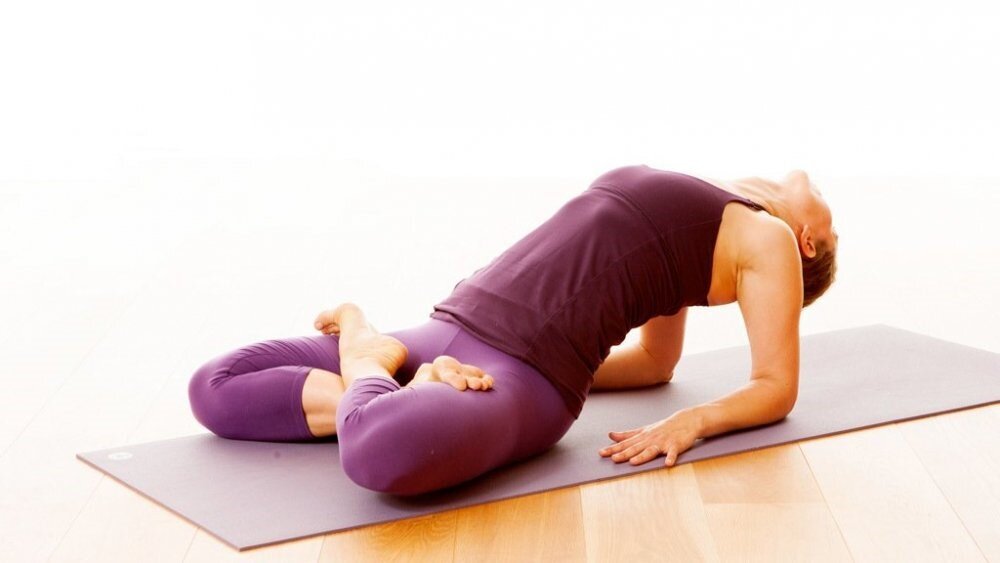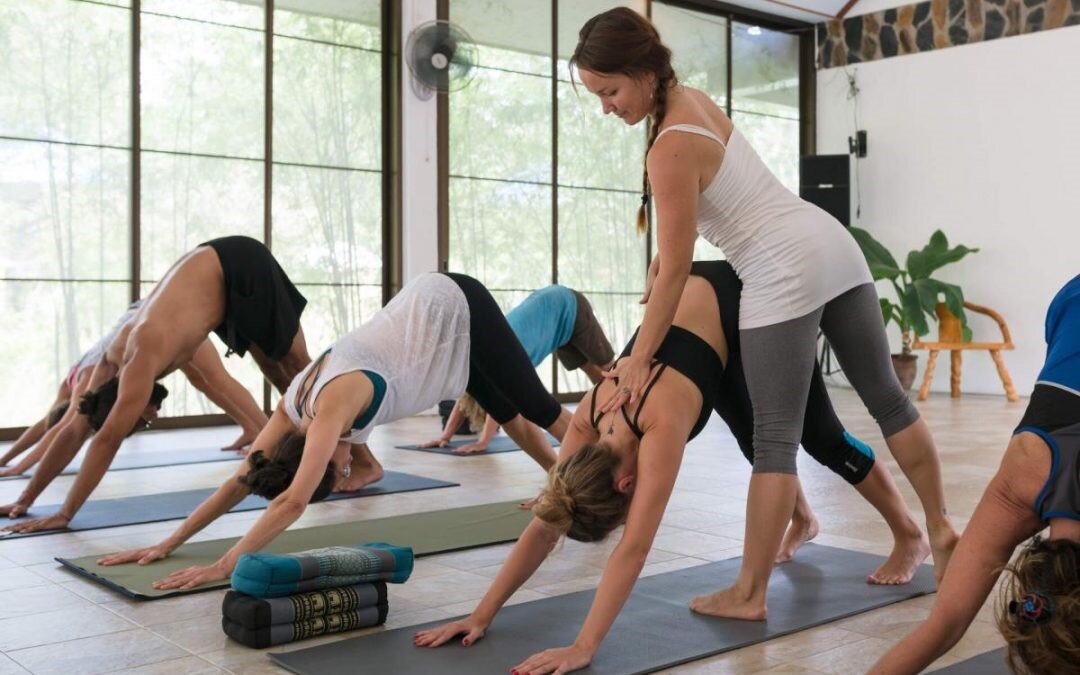Yoga is designed to maintain a balance between your physical, mental, emotional and spiritual dimension of the individual. We are aware of the fact that yoga comprises of certain postures, spiritual techniques and breathing practice which ultimately calms our mind and body helping us in achieving a state of enlightenment.
Today we will be talking about some of the yoga basics or the eight limbs of yoga
which is the foundation of yoga lifestyle:
Yamas – Ethical Principles
Niyamas – Personal Conduct
Asana – Physical Postures
Pranayama – Breathing Exercise
Pratyahara – Control of the Senses
Dharana –Concentration
Dhyana – Meditation
Samadhai – State of enlightenment
Eight Limbs of Yoga
1. Yama: Ethical Principles
The ‘yama’ limb is expected to look after an individual’s moral conscience or ethical standards. It basically focuses on our day to day behavioral conduct in life. We may say that it revolves around the concept of ‘karma’, which is what goes around will come around. So the five yamas are as followed:
· Ahimsa : Nonviolence
· Satya : Truth
· Asteya: Nonstealing
· Bramacharya: Comtinence
· Aparigraha: noncovetousness
2. Niyama: Personal Conduct
The second stage is concerned with self-discipline and spirituality. Some of the acts included in niyama are thanking God before every meal, regularly praying or reading your Holy book for developing your own personal meditation practices etc. The four major acts of niyama are as follows:
· Saucha: Maintaing cleanliness
· Samtosa: Contentment
· Svadhyaya: The study of sacred scriptures.
· Isvara pranidhana: Surrender to God
3. Asanas : Physical Posture
Literally Asana means to be seated and in yoga it is implied to be seated for the practice of meditation. Hence the third limb is the postures/poses practiced in yoga which is asanas. An individual develops a disciplinary habit and also the ability to concentrate through the practice of varied asanas. Vinyasa Yoga, Iyenagar Yoga,Kundalini Yoga etc are some of the different types of yoga practice each having varied poses.
Hatha Yoga: ‘Hatha’ includes all the physical postures of yoga. It means the practice of balancing the sun and moon energies in the body. The ten most practiced hatha yoga are as follows:
Tadasana (Mountain Pose)
Vrikshasana (Tree Pose)
Uttanasana (Standing Forward Bend)
Adho Mukha Svanasana (Downward-facing Dog Pose)
Setu Bandhasana (Bridge Pose)
Halasana (Plough Pose)
Sirsasana (Head Stand)
Salabhasana (Locust Pose)
4) Pranayama : Breathing Exercise
This is the art of controlling breath,the very essence that keeps us alive. The different poses for breathing techniques modifies the mind in different wonderful ways. Surprisingly each way of breathing changes our state of being. Basically the fourth stage is structured in a way to achieve mastery over respiratory process. Once you learn creating a connection between the mind, body and breath your whole body rejuvenates.
Some of the breathing exercises are :
· Breath Retention (Kumbhaka)
· Channel-Cleaning Breath (Nadi Sodhana)
· Ocean Breath - Ujjayi Pranayama
· Lion's Breath - Simhasana
· Skull Shining Breath - Kapalabhati Pranayama:
5. Prathyara : Control of the Senses
The fifth limb is the stage where we detach ourselves from the worldly pleasures. We withdraw from our cravings and develop an insight to our spiritual being. Practicing prathyara changes our state of mind and we start focusing more on our inner self.
6. Dharana –Concentration
Focused concentration is ‘dharana’, the sixth limb. Dharana and Prathyara are closely connected to each other. While meditating our senses must withdraw form worldly elements, in order to concentrate properly. Tratak (candle gazing), visualization, and focusing on the breath are all practices of dharana.
7. Dhyana – Meditation
The seventh stage is meditation or contemplation, the dhyana. This is the point where we are really meditating. The genuine act of contemplation is certainly not something we can effectively ‘do’; rather it depicts the unconstrained activity of something that occurs because of everything else. A thin line lies between dharana and dhayana, where dharana is one point attention, dhyana is a state of being keenly aware without focus.
A thin line lies between dharana and dhayana, where dharana is one point attention, dhyana is a state of being keenly aware without focus.
8. Samadhai : State of enlightenment
The eight limb is the state of enlightenment. At this stage, the meditator meets with their place of center and rises above the Self inside and out. The meditator comes to understand a significant association with the Divine, interconnectedness with every living thing. Also, once our mind is unadulterated and we experience a state of Samadhi, we can keep hold of, and then we attain moksha also known as mukti, the permanent state of being liberated and free.
Trust in your highest self and begin with the magical practice of yoga.
Nida Zakaria






